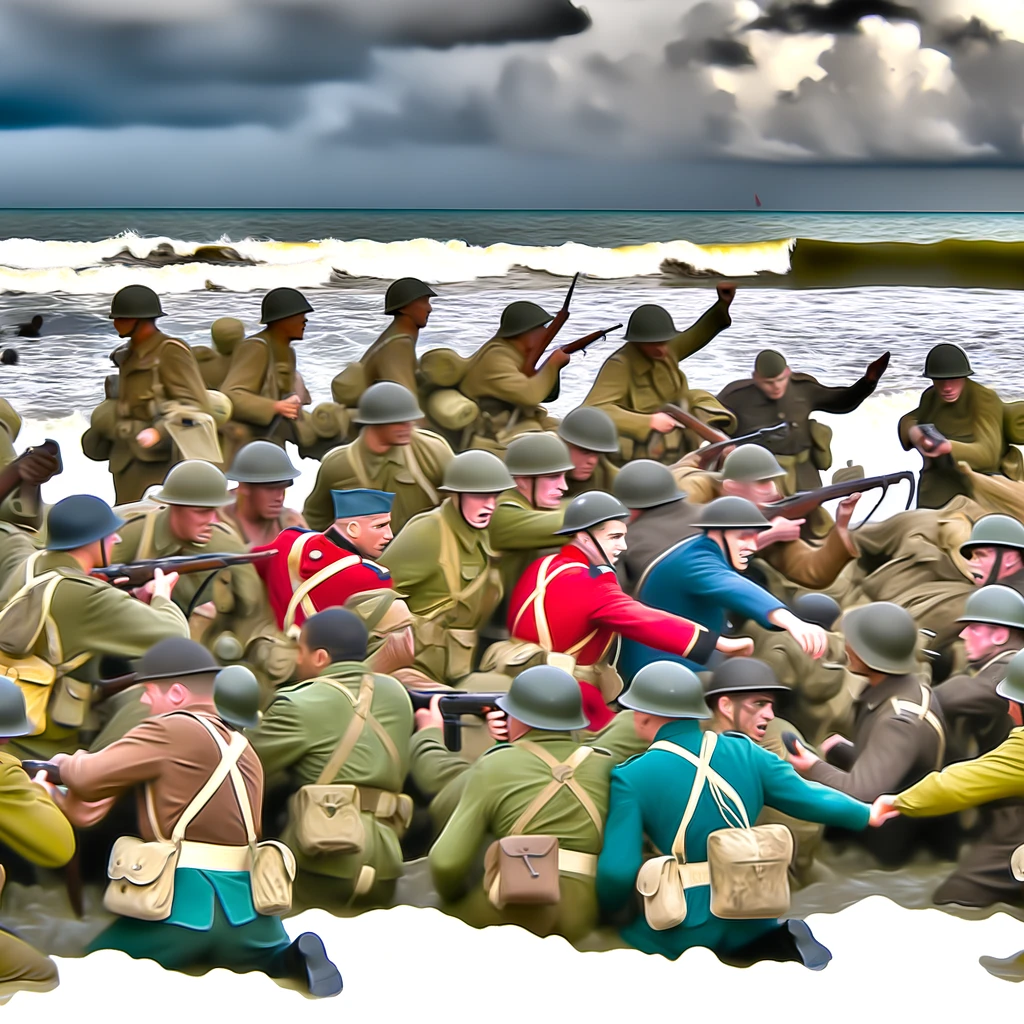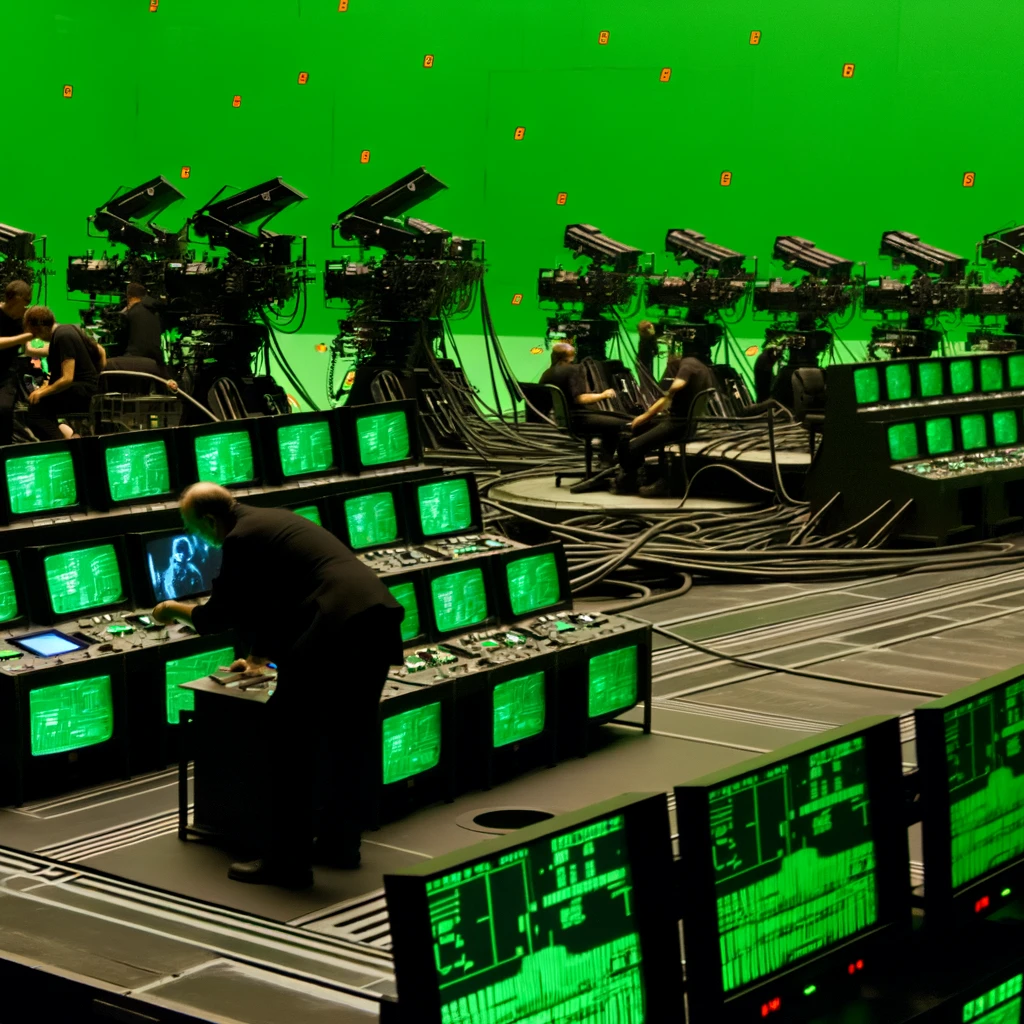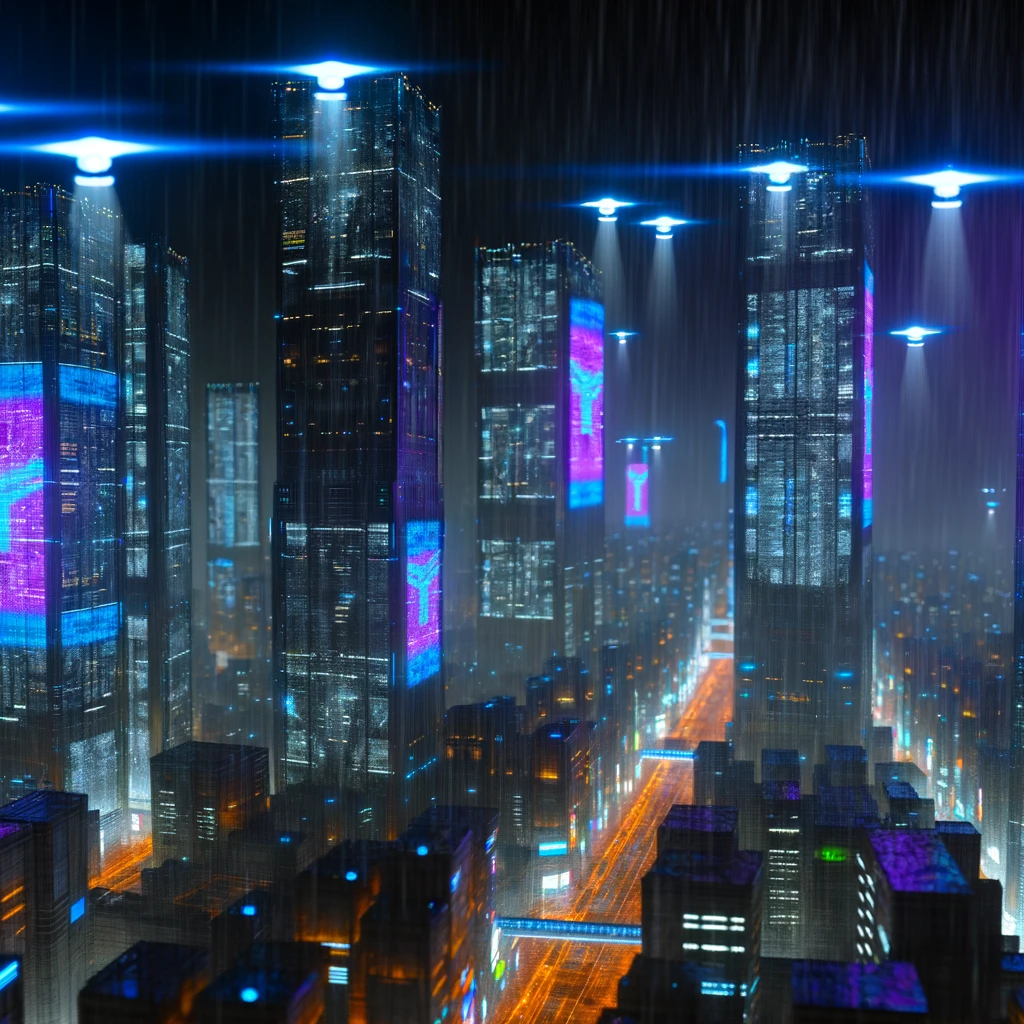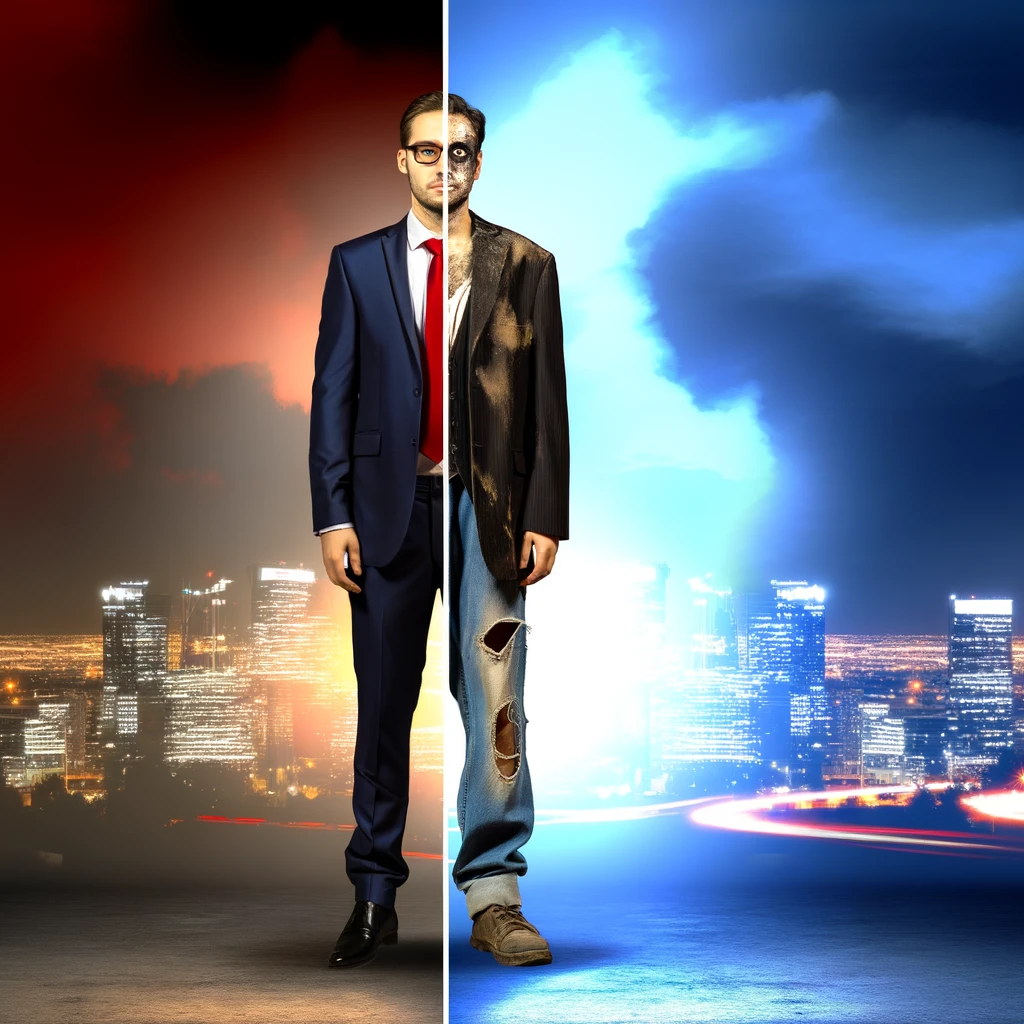
How 'Saving Private Ryan' Redefined War Films
The film industry has witnessed numerous portrayals of war, each bringing its own unique perspective to the screen. However, Steven Spielberg’s Saving Private Ryan stands out as a landmark in redefining the war film genre. Released in 1998, this epic war drama not only captivated audiences worldwide but also set a new standard for realism and storytelling in war films.
The Impact of Realism
One of the most distinguishing features of Saving Private Ryan is its commitment to realism. From the opening scene depicting the D-Day invasion of Normandy, Spielberg immerses viewers in the chaos and brutality of war. The use of handheld cameras and authentic sound design contribute to an immersive experience that had never been seen before in war films.
The Opening Scene: D-Day Invasion
The portrayal of the Omaha Beach assault is celebrated for its visceral intensity. Spielberg’s choice to shoot this scene with a documentary-like approach, using desaturated colors and shaky camera movements, placed viewers directly in the line of fire. This approach to realism was pivotal in drawing audiences into the narrative, making them feel as though they were part of the battle.
Character Development and Storytelling
Unlike many of its predecessors, Saving Private Ryan focuses on the personal stories of soldiers, emphasizing their fears, struggles, and camaraderie. The film’s narrative centers around a group of U.S. soldiers tasked with finding Private James Ryan, whose brothers have been killed in action. This personal mission adds an emotional depth to the film, allowing the audience to connect with the characters on a human level.
The Human Element in War
The character-driven plot provides a poignant exploration of the human aspects of war. Through the perspectives of Captain Miller, played by Tom Hanks, and his squad, the film delves into themes of sacrifice, duty, and the moral complexities faced by soldiers. This emphasis on character development was instrumental in redefining the war genre, as it moved beyond the focus on battle strategies and heroics to explore the psychological impacts of war on individuals.
Technical Innovations and Cinematography
Spielberg’s use of innovative filmmaking techniques was crucial in setting Saving Private Ryan apart. The film employed cutting-edge visual effects and practical effects to create realistic battle scenes. The choice of cinematography, including the use of handheld cameras and natural lighting, enhanced the authenticity of the film.
Influence on Subsequent War Films
The success and acclaim of Saving Private Ryan had a profound influence on subsequent war films. Its realistic portrayal of combat set a new benchmark for filmmakers, inspiring a wave of war films that sought to emulate its immersive style. Movies like Black Hawk Down and Fury reflect the impact of Spielberg's masterpiece, incorporating similar techniques to convey the chaos and intensity of warfare.
Cultural and Critical Reception
Upon its release, Saving Private Ryan received critical acclaim for its groundbreaking approach to the war genre. It won numerous awards, including five Oscars, and was praised for its direction, acting, and technical achievements. The film resonated with audiences, not only for its action-packed sequences but also for its heartfelt portrayal of the human condition amidst the horrors of war.
Legacy and Continued Relevance
More than two decades after its release, Saving Private Ryan continues to be regarded as a seminal work in the history of cinema. It redefined the expectations for war films, challenging filmmakers to prioritize authenticity and emotional depth. Its influence is evident in modern war films that strive to capture the raw realities of combat while telling compelling human stories.
In conclusion, Saving Private Ryan redefined the war film genre by combining technical innovation with a profound narrative. Its impact on filmmaking is undeniable, and its legacy continues to inspire and influence the depiction of war in cinema today.
Related Articles





